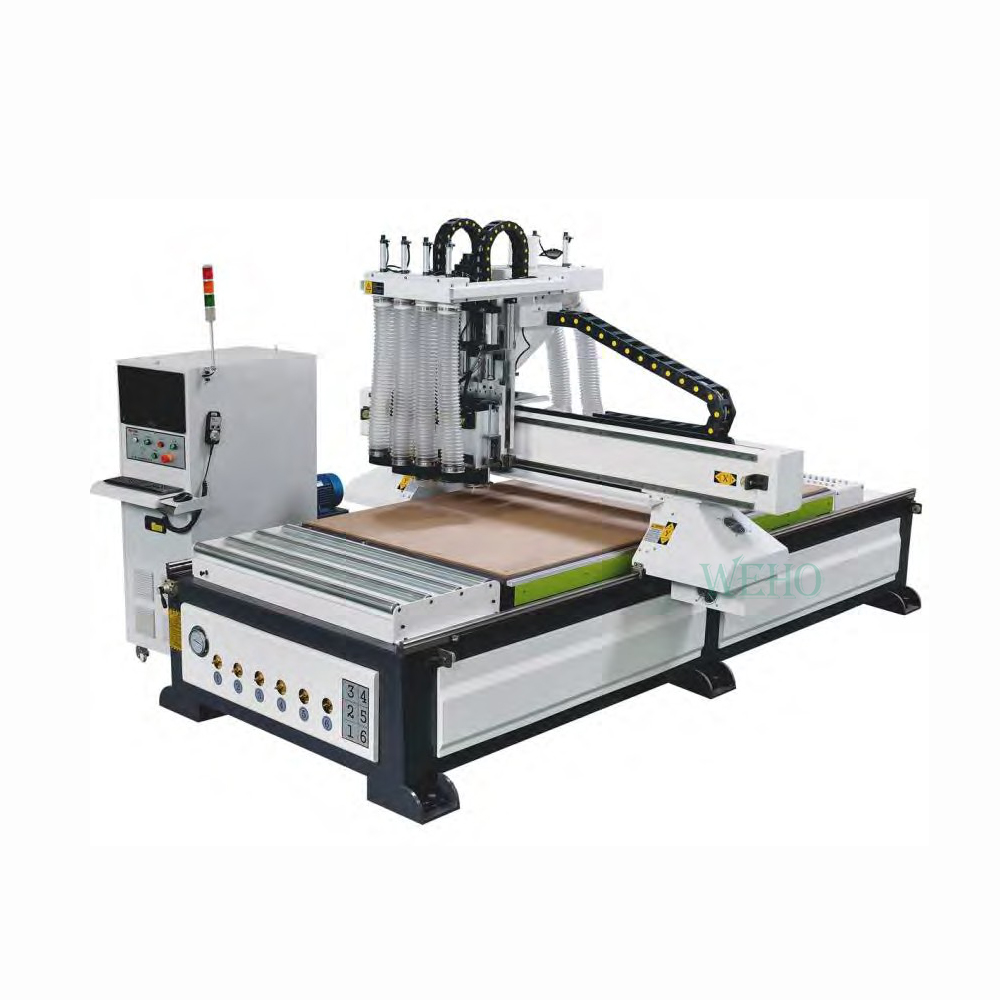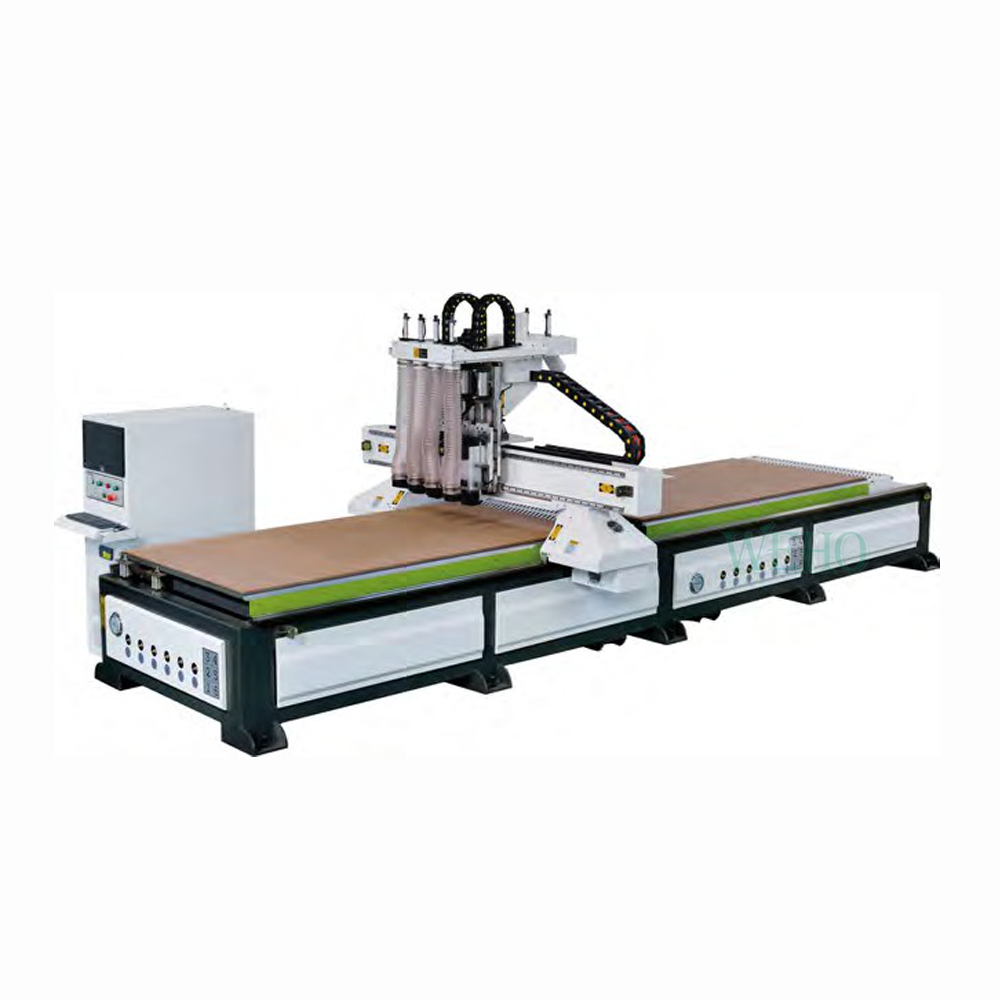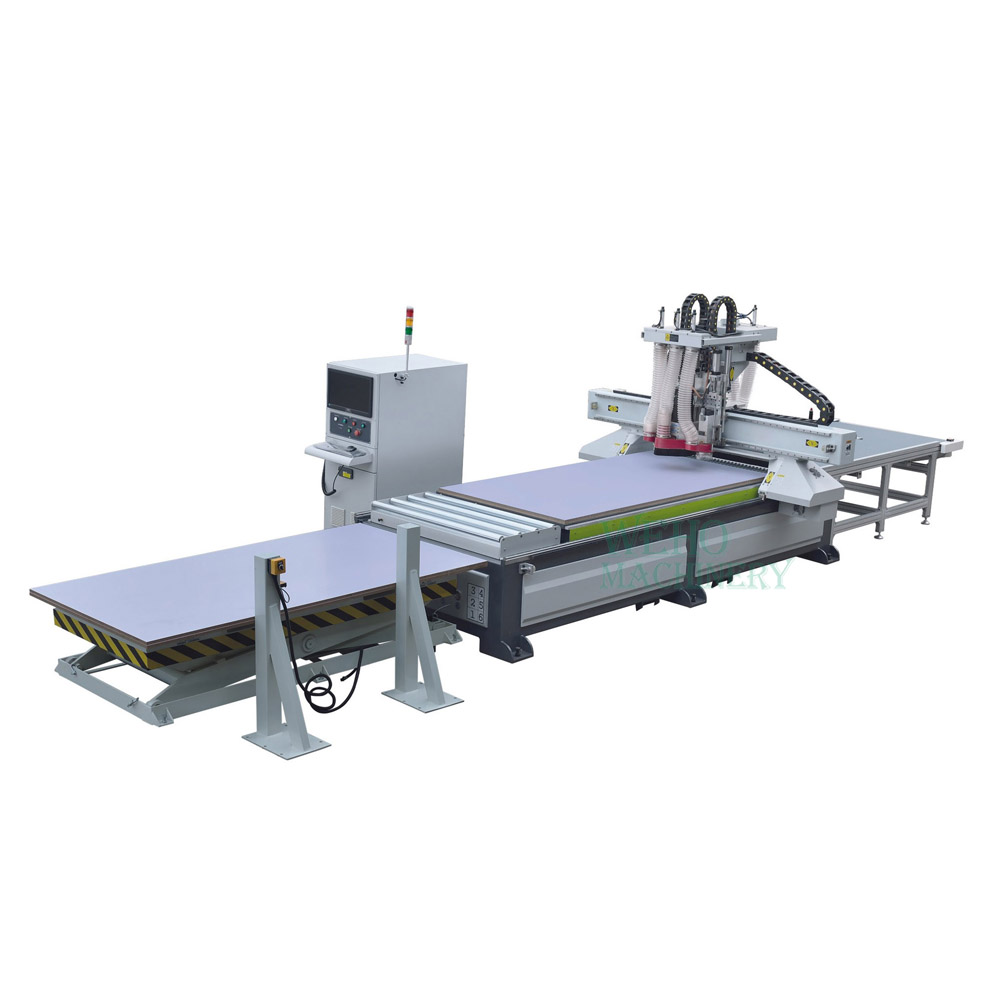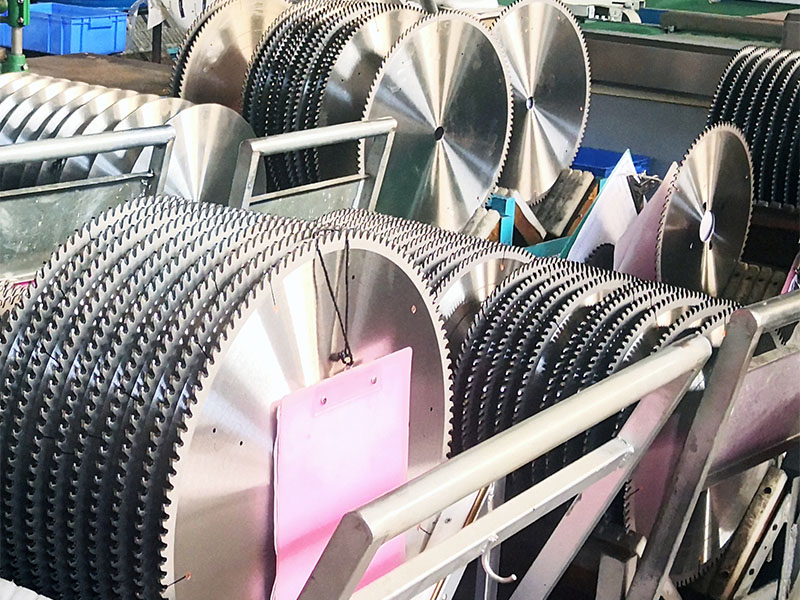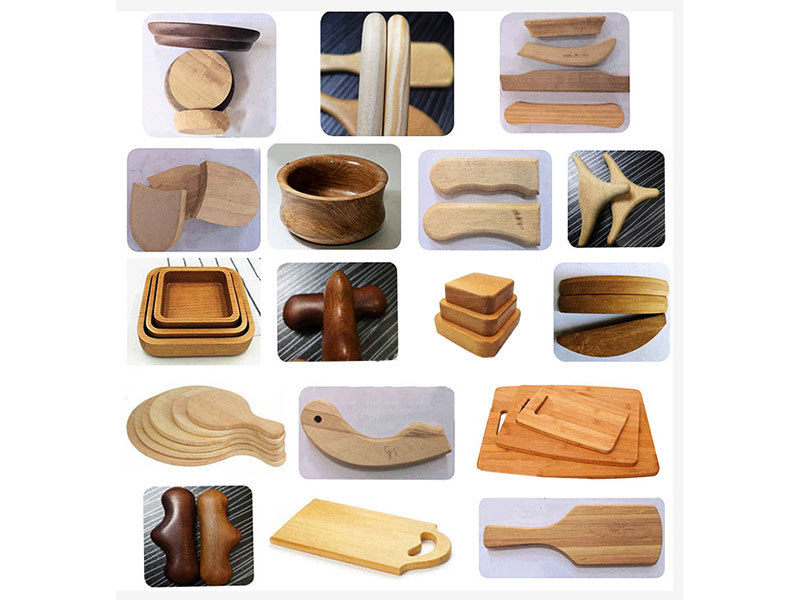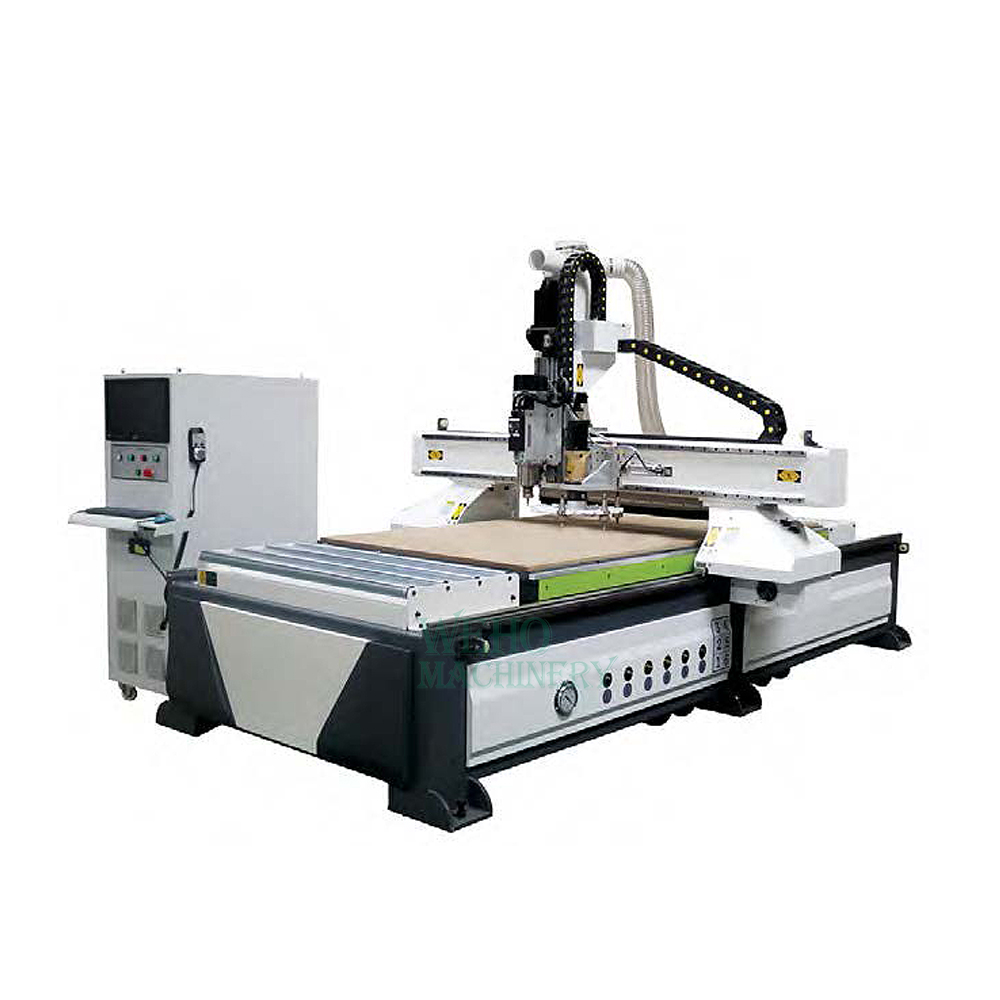
What Is A Nesting CNC Router?
Nesting CNC routers have revolutionized the manufacturing and woodworking industries. These machines are designed to cut and shape materials, including wood, plastics, composites, and metals, with exceptional precision and efficiency. By automating the cutting process, they reduce manual labor, minimize errors, and optimize material usage.
How Does a Nesting CNC Router Work?
A nesting CNC router operates through a combination of software and mechanical components. The process begins with creating a digital design using CAD (Computer-Aided Design) software. This design is subsequently translated into a CNC program, which specifies the router's cutting path and movements. The material is placed on the router's bed, and the machine uses the programmed path to correctly cut or shape it.
The Nesting Process
Nesting refers to the arrangement of parts to be cut from a single sheet of material in a manner that minimizes waste. The software optimizes the layout to ensure that the maximum number of parts can be extracted from the material, reducing waste and increasing efficiency.
CNC Programming
The CNC program is a set of instructions that guides the machine’s movements. These instructions are written in a language called G-code, which tells the machine where to move, how fast to move, and what operations to perform at each point.
Key Components of a Nesting CNC Router
Router Spindle
The spindle is the component that holds and rotates the cutting tool. It is crucial for determining the speed and accuracy of the cutting process. High-quality spindles can operate at varying speeds, allowing for the cutting of different materials with precision.
Bed
The bed, or table, is the surface on which the material is placed. It is often made of a robust material, such as aluminum or steel, and is used to keep the workpiece securely in place during cutting.
Control System
The control system, often a computer, runs the CNC software and sends the necessary instructions to the machine. It interprets the G-code and controls the movements of the spindle and other components.
Cutting Tools
A nested CNC router supports a wide range of cutting tools, including end mills, drill bits, and router bits. The choice of tool depends on the material being cut and the desired outcome.
Vacuum Pump
A vacuum pump is used to hold the material in place on the bed. It creates a suction that keeps the material from moving during the cutting process, ensuring precision and accuracy.
Types of Nesting CNC Routers
3-Axis CNC Routers
These are the most common types of nesting CNC routers. They operate on three axes (X, Y, and Z), allowing for movement in three directions. They are suitable for most standard cutting and shaping tasks.
4-Axis CNC Routers
4-axis routers include an additional axis, allowing the spindle to rotate and tilt. This adds versatility and enables the machine to cut more complex shapes and angles.
5-Axis CNC Routers
5-axis routers provide the highest level of flexibility, with two additional rotational axes. They can handle intricate and complex designs, making them ideal for advanced applications.
Benefits of Using a Nesting CNC Router
Increased Efficiency
Nesting CNC routers significantly increase production efficiency by automating the cutting process. They can operate continuously with minimal supervision, leading to higher output rates.
Enhanced Precision
The precision offered by CNC routers is unparalleled. They can create parts with precise dimensions and sophisticated designs, which eliminates the need for post-processing and human corrections.
Material Optimization
Nesting software optimizes the layout of parts on the material, minimizing waste and reducing material costs. This efficient use of resources is both economically and environmentally beneficial.
Cost Savings
Nesting CNC routers can save manufacturers a lot of money by lowering labor costs, eliminating material waste, and increasing manufacturing speed.
Conclusion
Nesting CNC routers are an indispensable tool in modern manufacturing and woodworking. Their capacity to automate the cutting process, optimize material utilization, and manufacture high-precision parts makes them an invaluable tool to enterprises. As technology continues to advance, these machines will become even more efficient, versatile, and integral to various industries.


